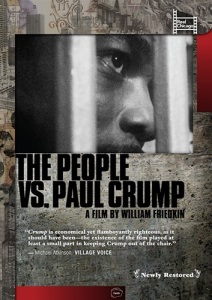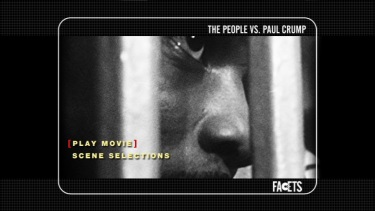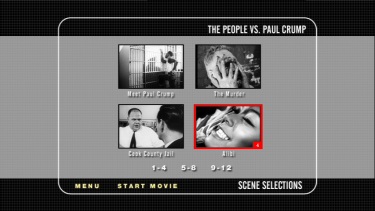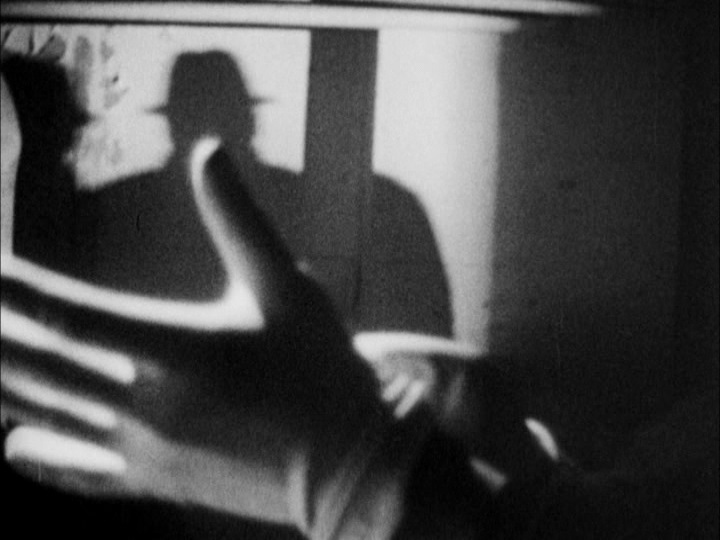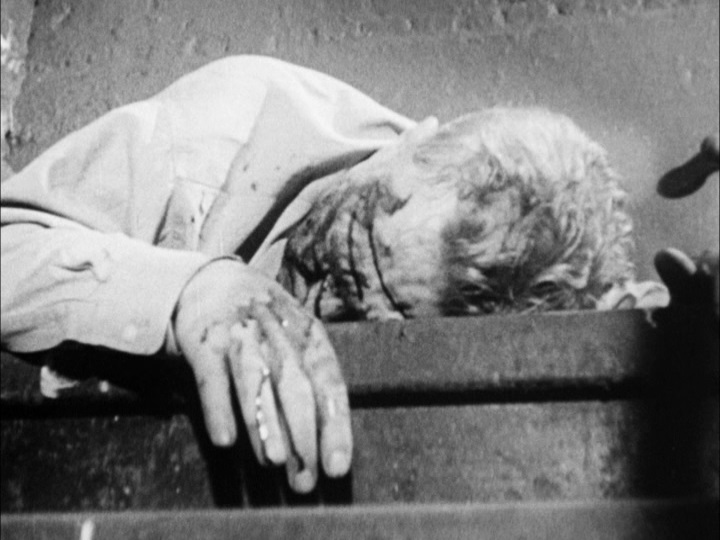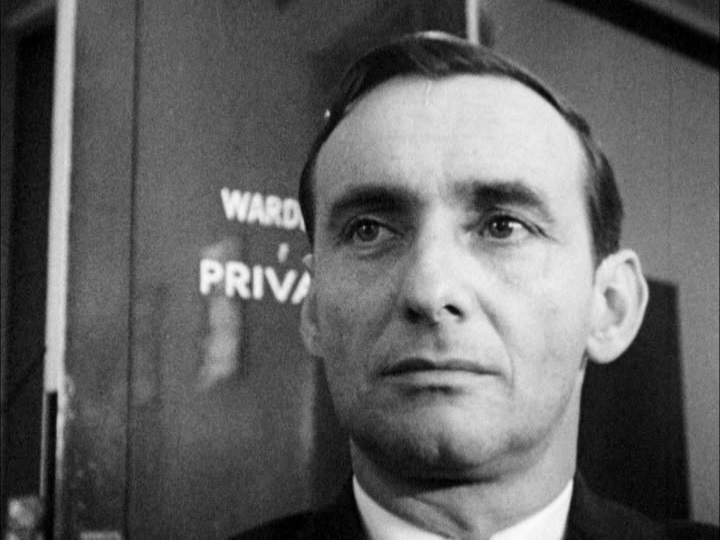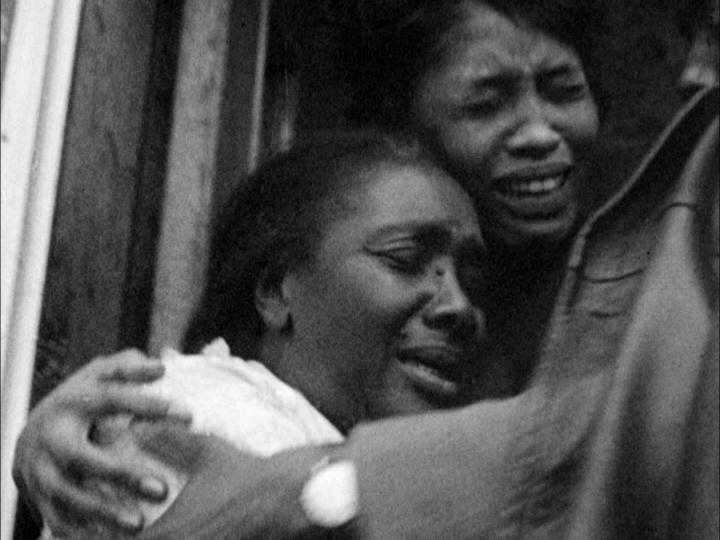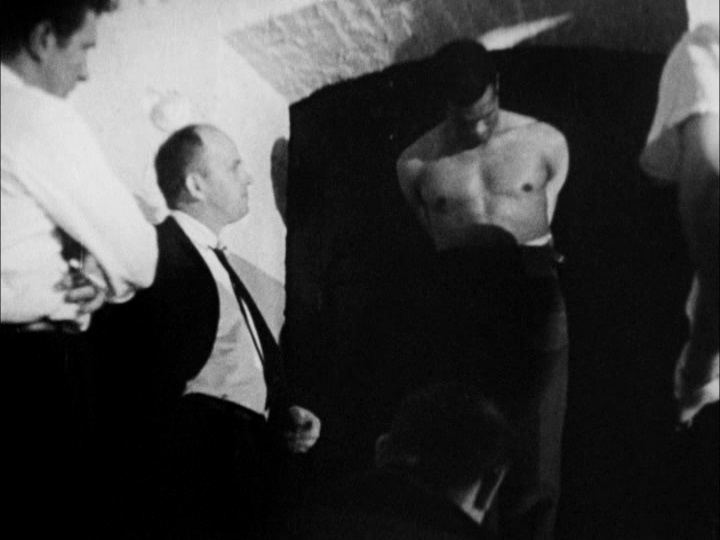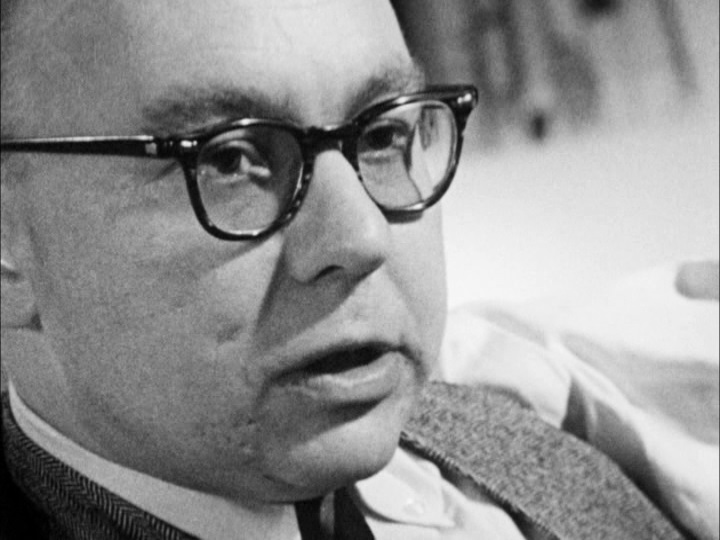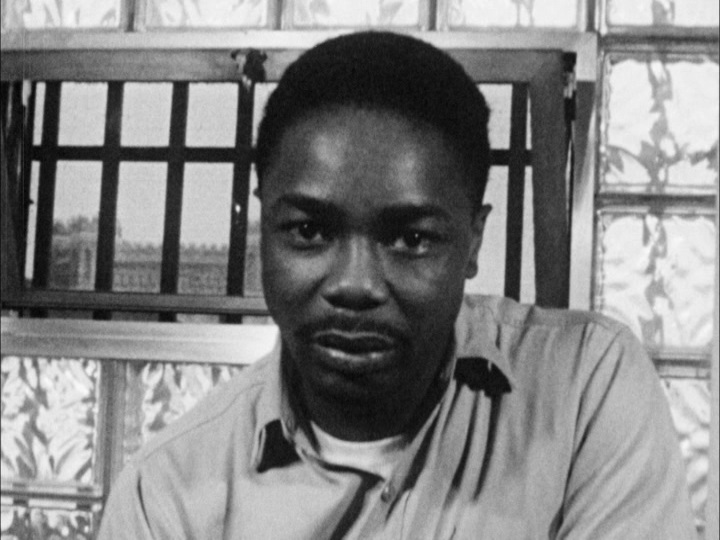![]()
![]()

![]()
![]()
|
Search DVDBeaver |
S E A R C H D V D B e a v e r |

directed by William Friedkin
USA 1962
|
In 1953, 22-year old Paul
Crump was one of five men who participated in a payroll
robbery in which a security guard was shot at point-blank
range and killed. The five men were soon apprehended and
charged with robbery, but only Crump found himself also
charged with murder and was sentenced to the electric chair
on the basis of testimony from one of the men who had
himself been accused of the murder and a witness purported
to be able to identify the masked killer's voice on the
basis of a few words). Although he maintained that his
confession was extracted through police brutality, he
received fifteen execution dates and fourteen stays in the
space between 1953 and 1962, during which he had the
opportunity to better himself under the guiding hand of
reform-minded warden Jack Johnson, working in the medical
tier and learning to read literature (penning poetry and
eventually the novel Burn, Killer, Burn, the proceeds
of which supported his mother). In 1960, director William
Friedkin (SORCERER)
- then a news filmmaker for WGN - was encouraged to meet
with Crump by members of the Chicago arts and intellectual
community. Moved by Crump's story, Friedkin - assisted by
cameraman Bill Butler (JAWS)
- decide to make a documentary about him to air on WBKB. |
Theatrical Release: 1962 (USA)
Reviews More Reviews DVD Reviews
DVD Review: Facets Video - Region 0 - NTSC
Big thanks to Eric Cotenas for the Review!
| DVD Box Cover |
|
CLICK to order from:
|
| Distribution |
Facets Video Region 0 - NTSC |
|
| Runtime | 1:00:00 | |
| Video |
1.33:1 Original Aspect Ratio
16X9 enhanced |
|
|
NOTE: The Vertical axis represents the bits transferred per second. The Horizontal is the time in minutes. |
||
| Bitrate |
|
|
| Audio | English Dolby Digital 2.0 mono | |
| Subtitles | none | |
| Features |
Release Information: Studio: Facets Video Aspect Ratio:
Edition Details: Chapters 12 |
|
| Comments |
Facets is shaping up with this HD-mastered restoration of this early Friedkin effort from a 2K scan of two 16mm prints. The image is intentionally contrasty and can look soft, particularly the grabbed exterior shots. The Dolby Digital 2.0 mono encoding of a 16mm optical track is fairly clean but subject to the original recording and care of the elements. There are no extras on the disc, but the included booklet does provide a lot of context to the case via an essay by Ringling College filmmaking teacher Susan Doll about the events that lead up to the film, its canceled broadcast, and Crump's subsequent tragic story. Of lesser value is a second essay that discusses Friedkin's subsequent career (in particuarly the similarities in style between this film and THE FRENCH CONNECTION). |
DVD Menus
|
|
|
Screen Captures
|
|
|
|
|
|
|
|
|
|
|
|
|
|
| DVD Box Cover |
|
CLICK to order from:
|
| Distribution |
Facets Video Region 0 - NTSC |
|
![]()
![]()
![]()
![]()

Search DVDBeaver
|
S E A R C H D V D B e a v e r |
